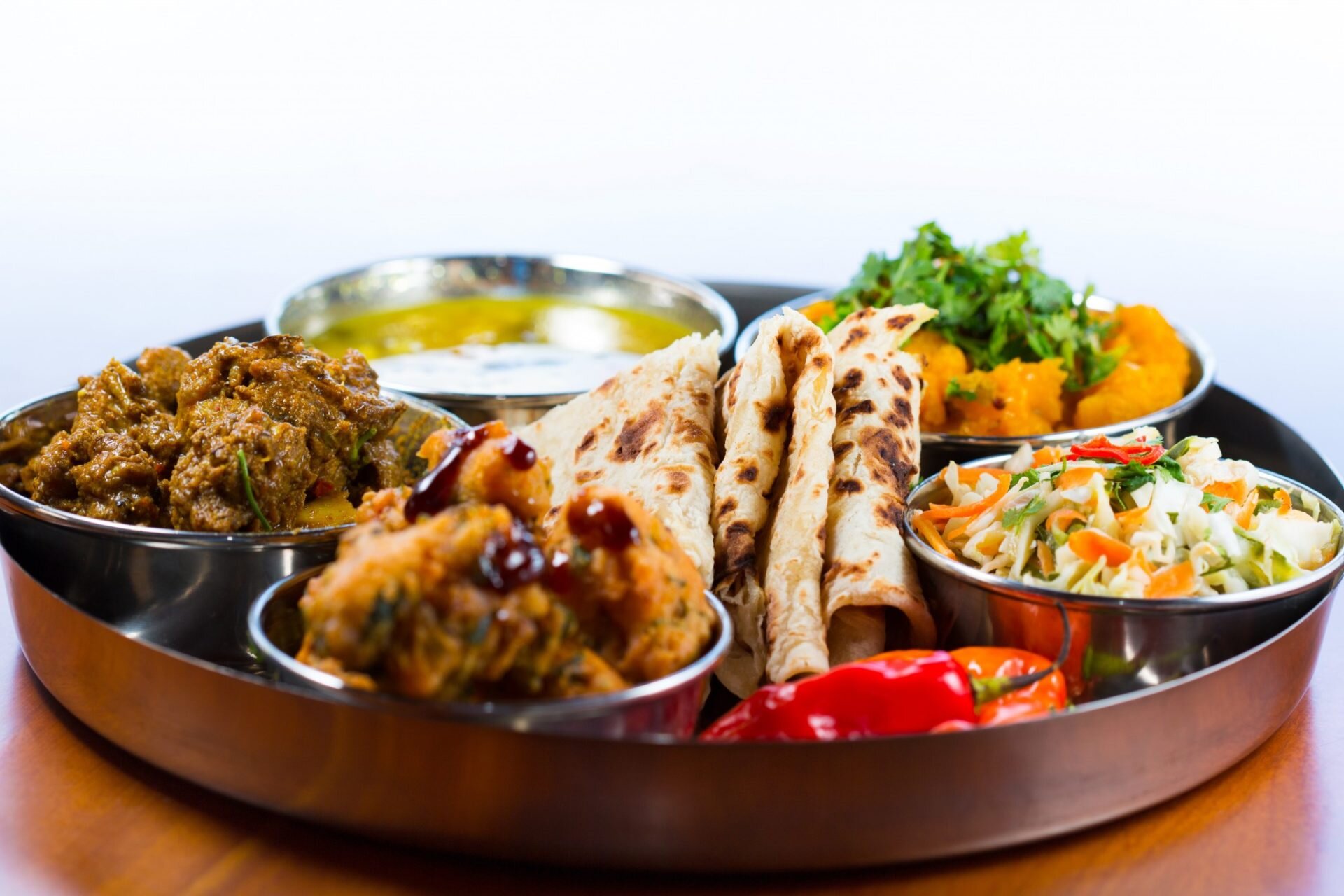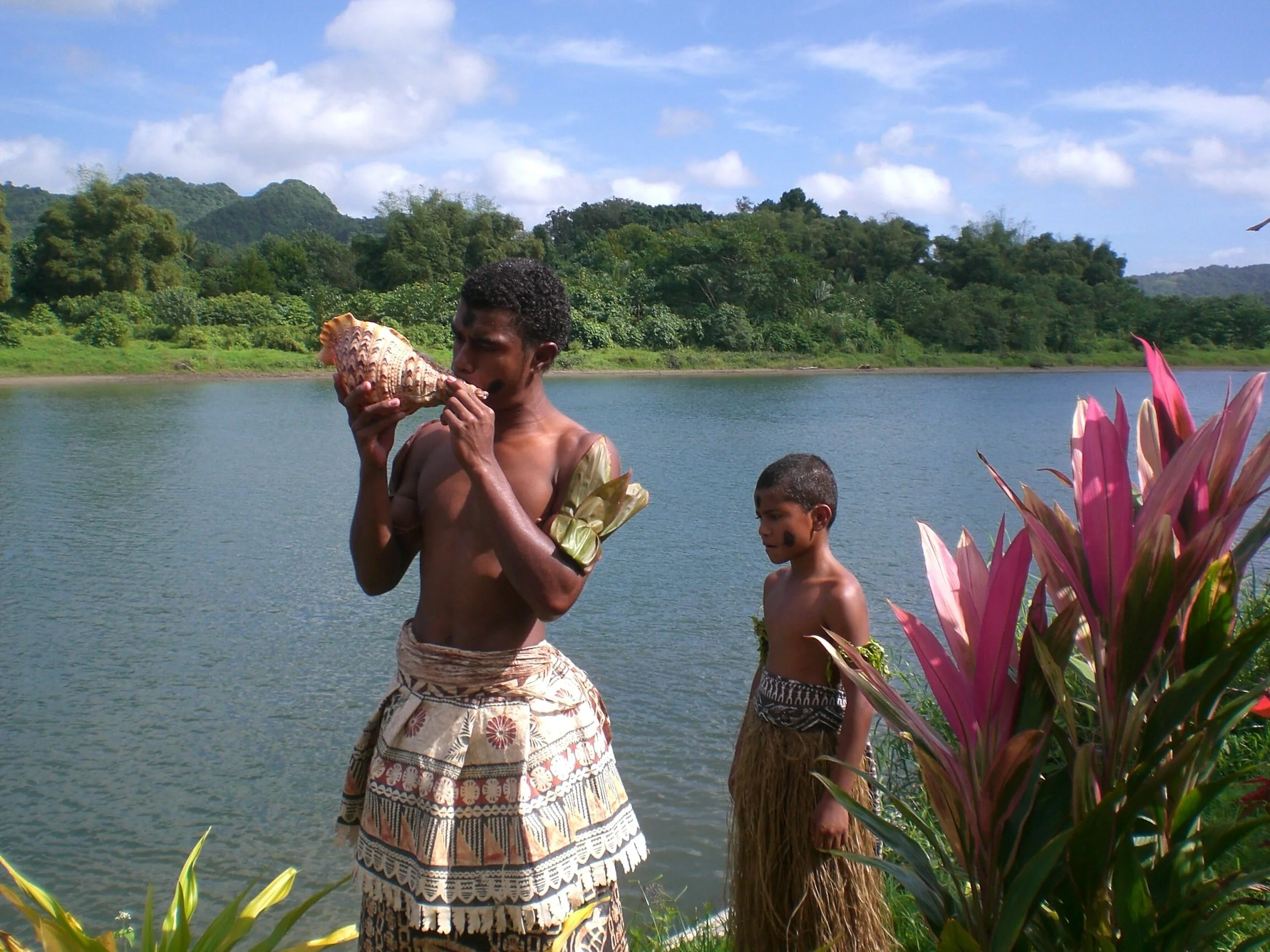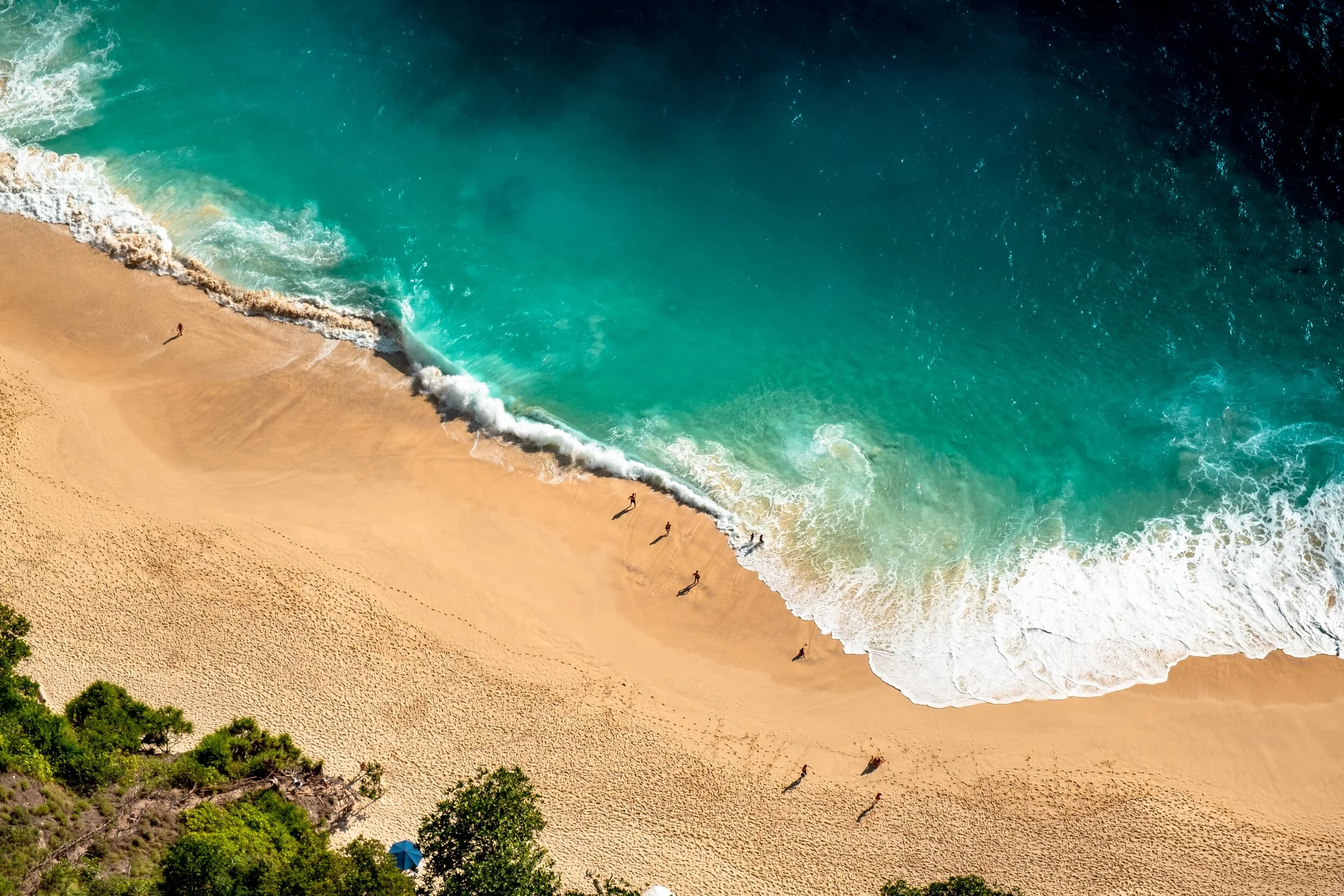With islands galore, a variety of foods, ethnicities, and a community inspired culture, the Philippines is always a beautiful destination to explore!
Climate
The Philippines have a tropical maritime climate, meaning the weather is generally hot and quite humid. The region really only experiences three seasons, a hot dry summer between March and May known as tag-init, a wet season between June and November known as tag-ulan and a cooler dry season between December and February known as tag-lamig. The Philippines weather patterns are created by the prevailing winds of the southwest monsoon (known as the habagat) from May to October and the northeast monsoon (known as the amihan) from November to early May. Average temperatures in the Philippines usually range between 21 °C (70 °F) and 32 °C (90 °F) with the average yearly temperature coming in at around 26.6 °C (79.9 °F).
Manila, Philippines
Manila capital of Philippines
Here are some fun facts about Manila you should know:
● From a bird’s eye view, the Manila City Hall is shaped like a coffin with a cross on it.
● The name 'Manila' has a special meaning. The original name was "MayNilad". The name means: 'where the blossoming water plants grow'.
● Spanish style house, monasteries, churches and schools were built within walls of Intramuros. Seven gates were the connection with 'the outside world'.
●The flagpole located in Rizal Park, is where the starts of 0 kilometer reading in measuring all distances from Manila.
Manila Street Art
Unlike traditional artworks on canvases placed in air-conditioned galleries, street art; from graffiti to murals, is, well, found on the streets. You can see it on gutters, lampposts, demolished walls, parking lots, pavements, and basically anywhere. The pieces are often done late at night, when the police or guards aren't around to reprimand the artist for spray-painting on the walls. Street art still bears the stigma of being equated with vandalism. However, the local street artists prove that art goes beyond art fairs and exhibits, and even building owners, restaurateurs, and cultural agencies have commissioned them to design otherwise bare walls. To spot them, you should be on the lookout while driving around Metro Manila.
Intrigued by the Philippines? Let us help you plan your perfect vacation to the Philippines. Click on the link below when you are ready to start planning.
Not ready to start planning yet, but would like to learn a little bit more about the Philippines? Take a look at our amazing destination guide on the Philippines, and then contact us.
Philippines


















































































































































